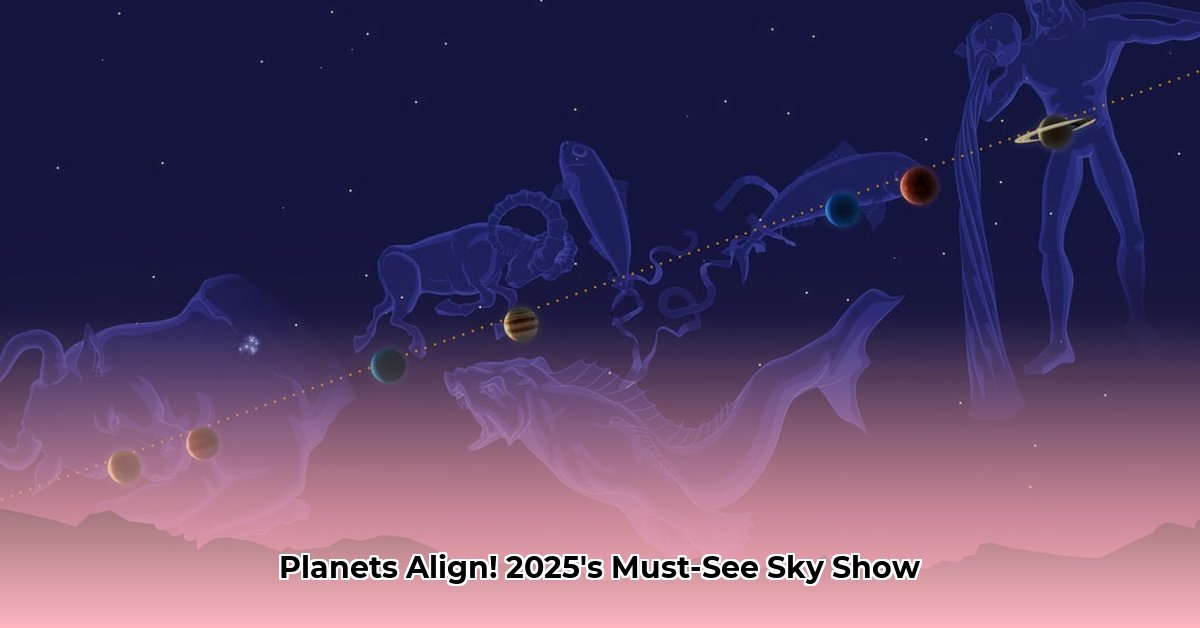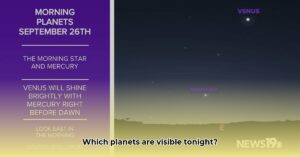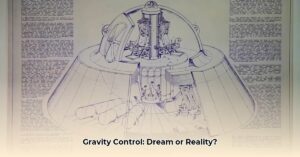Get ready for a cosmic spectacle! 2025 offers not one, but two impressive planetary alignments. Whether you’re a seasoned astronomer or a curious beginner, this guide will equip you with everything you need to witness these rare celestial events. We’ll explore what planetary alignments are, why they’re noteworthy, and most importantly, how and when to see both the six-planet alignment on January 21st and the rarer seven-planet alignment on February 28th.
Understanding Planetary Alignments: A Cosmic Perspective
A planetary alignment isn’t planets lining up perfectly straight like cosmic billiard balls. Instead, it describes when several planets appear close together in the Earth’s sky. Think of it as a cosmic gathering, where planets cluster within a relatively small celestial neighborhood. These alignments occur along the ecliptic, the apparent path of the Sun across our sky. They offer a unique opportunity to observe multiple planets easily, without needing to scan the entire night sky.
While impressive visually, planetary alignments don’t have significant astronomical implications in terms of gravitational forces or cosmic influences. Some believe alignments might have subtle effects, but this remains an area of ongoing research. Current scientific understanding suggests these alignments are primarily a matter of perspective, a chance to appreciate the celestial dance of our neighboring planets. As our knowledge of the universe evolves, new insights may emerge.
The Six-Planet Alignment (January 21, 2025): An Evening Spectacle
The first act of our 2025 planetary show features six planets: Mars, Jupiter, Saturn, Venus, Uranus, and Neptune. Four of these—Venus, Mars, Jupiter, and Saturn—are bright enough to be seen with the naked eye. Uranus, slightly fainter, is likely visible with binoculars. Neptune, the most distant, requires a telescope for observation.
Your Guide to the January Alignment
- Time it Right: Venture outside after sunset, allowing your eyes to adjust to the darkening sky. The optimal viewing time is likely between 9:00 PM and 9:30 PM local time.
- Look Southwest: The planets will be clustered in the southwestern sky.
- Celestial Landmarks: Use prominent constellations like Aquarius, Pisces, and Gemini as guides. Mars will be near Gemini, Jupiter in Taurus, while Venus and Saturn are within Aquarius. Uranus and Neptune reside in Aries and Pisces, respectively.
- Optical Aids: Binoculars will enhance your view of Uranus, while a telescope is necessary for Neptune.
| Planet | Visibility | Suggested Equipment |
|---|---|---|
| Venus | Naked Eye | None |
| Mars | Naked Eye | None |
| Jupiter | Naked Eye | None |
| Saturn | Naked Eye | None |
| Uranus | Binoculars | Binoculars/Telescope |
| Neptune | Telescope | Telescope |
The Seven-Planet Alignment (February 28, 2025): A Rare Pre-Dawn Treat
The grand finale arrives in late February, with Mercury joining the gathering for a seven-planet alignment. This is a less frequent event, making it truly special.
Your Guide to the February Alignment
- Early Rise: Set your alarm! This alignment is best viewed before sunrise.
- Eastern Horizon: The planets will be clustered in the eastern sky.
- Finding Mercury: Mercury, being close to the Sun, will appear low on the horizon. A clear, unobstructed view is essential.
- Spotting the Others: The remaining planets will be higher in the sky, stretching along the ecliptic.
| Planet | Visibility | Suggested Equipment |
|---|---|---|
| Mercury | Naked Eye | None |
| Venus | Naked Eye | None |
| Mars | Naked Eye | None |
| Jupiter | Naked Eye | None |
| Saturn | Naked Eye | None |
| Uranus | Binoculars | Binoculars/Telescope |
| Neptune | Telescope | Telescope |
Location and Resources: Personalizing Your Stargazing
Planetary visibility varies depending on your location on Earth. For precise viewing times and positions specific to your area, use online resources like timeanddate.com or planetarium software such as Stellarium Web. These tools allow you to input your location and generate a personalized sky map.
Equipment Recommendations: Enhancing Your View
While many planets are visible without any special equipment, binoculars or a telescope significantly enhance the experience, particularly for Uranus and Neptune. Numerous resources offer guidance on selecting the right equipment for beginners. Consider factors like magnification, aperture, and portability.
Beyond the Alignments: Other Celestial Events in 2025
2025 promises more celestial treats besides the planetary alignments. Meteor showers, eclipses, and other astronomical events will occur throughout the year. Stay tuned to astronomical calendars and websites for updates.
Conclusion: Embrace the Cosmic Show
These planetary alignments offer a unique opportunity to connect with the vastness of our solar system. They are a reminder of the dynamic nature of the universe and our place within it. Share these experiences with others, encouraging curiosity and wonder about the cosmos. While our current understanding of these events is always evolving, the opportunity to witness such a spectacle is truly remarkable.







